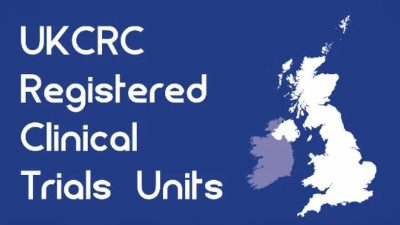
- Cancer
- Trials closed
GALA-BIDD
Improving the intra-operative diagnosis of high-grade glioma using a fluorescence biomarker.
Research summary
Brain tumours (gliomas) are classified as low and high-grade. Correctly distinguishing high-grade glioma (HGG) from low-grade glioma (LGG) during surgery can influence the surgical procedure, enhancing resection and improving survival. The aim of this study is to understand if it is possible to use an existing drug (Gliolan®) to confirm the glioma grade during surgery. Gliolan® is a drug which contains 5aminolevulinic acid hydrochloride (5-ALA). It is licensed in the UK for use in patients with malignant HGG to aid in visualisation of tumour tissue. Gliolan® is converted to a substance that glows red when exposed to ultra-violet light in brain tumour cells, allowing the surgeon to see the tumour more clearly and safely remove as much tumour as possible.
It is not yet clear if Gliolan® could also act as a biomarker to diagnose the grade of the tumour during surgery. There are no biomarkers available for use during surgery that provides biological information about the tumour. Therefore, the surgeon has to rely on the gross appearance of the disease coupled with analysis and preliminary diagnosis of samples during surgery (perioperative) to guide the operation.
The study will examine tumour samples routinely collected during surgery and correlate the perioperative and postoperative histological diagnoses. This analysis will validate if the presence of Gliolan® visible fluorescence is a pragmatic intraoperative diagnostic surgical biomarker of high-grade disease. The primary endpoint is the percentage of patients with visible fluorescence that have confirmed high-grade disease. The secondary endpoint is to establish the percentage of eligible patients who are without visible fluorescence but classified with postoperative high-grade disease and determine distribution of high grade disease in the tumour tissue. A total 80 patients with glioma WHO grade II (query transforming to III/IV), III, IV, visible fluorescence and post-operative confirmation of disease grade will be recruited.
Main inclusion criteria
- Signed informed consent and ability to comply with the protocol
- Aged ≥16 years old at the time of consent
- The patient is reviewed at a specialist neurooncology multi-disciplinary team (MDT) MR imaging is evaluated by a neuro-radiologist and judged to be an intrinsic glioma WHO grade II (query transforming to grade III or IV), III or IV Stealth MR imaging (neuronavigation) will be performed prior to surgery Fluorescence guided cytoreductive surgery is judged to be appropriate
Main exclusion criteria
- History of other malignancies (except of adequately treated basal or squamous cell carcinoma or carcinoma in situ) within 5 years
- Previous brain surgery (including biopsy) or cranial radiotherapy
- Currently being treated with anticancer therapy (except steroids) 5ALA is contraindicated (including known or suspected allergies to 5ALA or porphyrins, or acute or chronic types of porphyria) Symptomatic acute liver disease (ALT or AST≥55 x upper limited normal range) Platelets <100 x 109/L
- Pregnant or lactating women
Funders and sponsors
Funders: Cancer Research UK
Sponsors: Cambridge University Hospitals NHS Foundation Trust
Chief investigator
Dr Colin Watts






